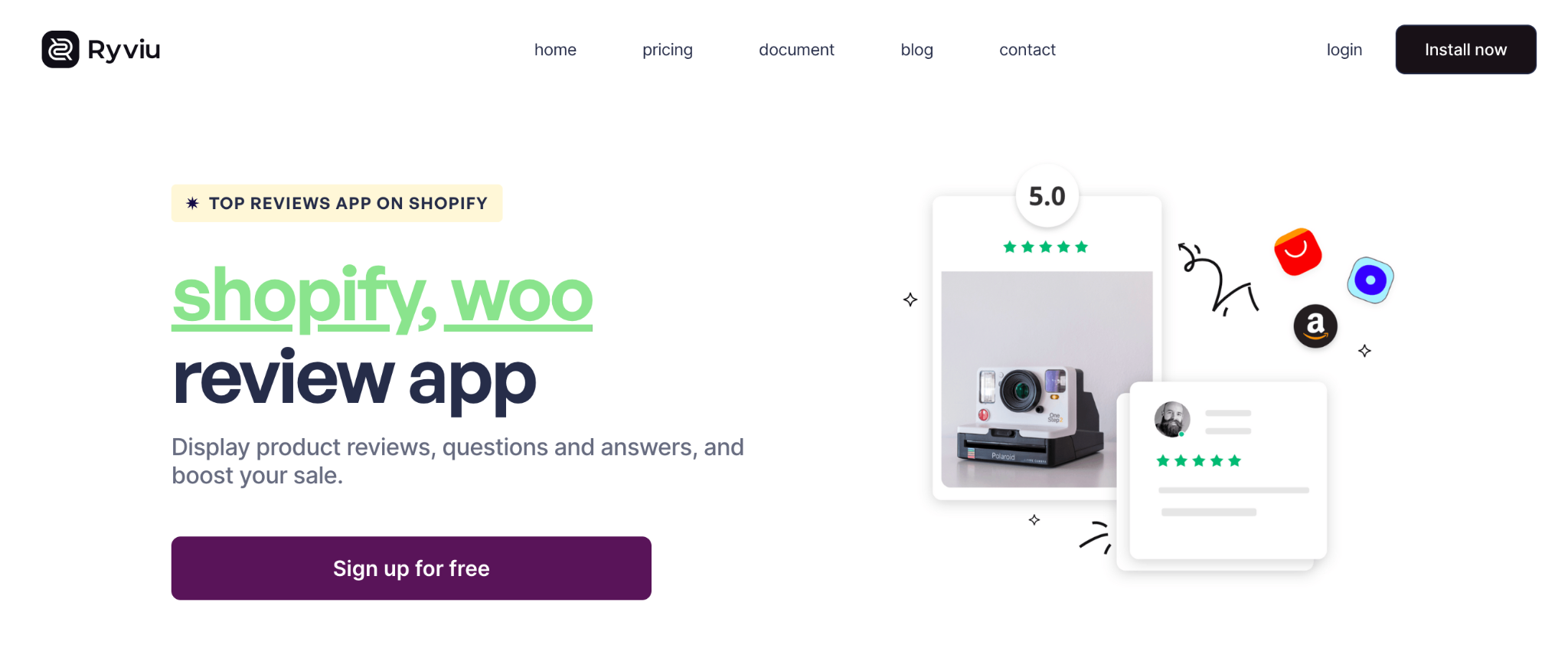
In eCommerce, trust is a vital factor. Shoppers can’t physically touch, test, or verify your products before buying, which makes them more cautious online than in traditional retail. The moment someone lands on your site, the first click, they are making subconscious judgments: Does this look safe? Is this store reliable? Will I get what I paid for?
If trust is established immediately, the chances of them exploring, engaging, and eventually purchasing rise dramatically. If not, they’ll bounce, sometimes never to return. That’s why creating a trustworthy experience right from the first click should be a priority for every online store.
Below are proven strategies to build instant trust and keep visitors engaged.
First impressions count more online than anywhere else. A messy, outdated, or inconsistent website design can make visitors doubt your legitimacy within seconds. A well-designed store should feel polished, modern, and easy to navigate.
Consistency in colors, fonts, and branding helps shoppers recognize your identity and remember your store. High-quality visuals, such as crisp product images, lifestyle photos, and banners, signal that you are professional and serious about your business. Meanwhile, poor-quality stock photos, broken layouts, or cluttered pages create a sense of cheapness that can push customers away.
Think of your website design as your virtual storefront. Just like a physical shop with clean windows and organized shelves attracts foot traffic, a professional layout with clear menus, whitespace, and intuitive design keeps online shoppers clicking further.

Speed and security are silent trust builders. If your website takes more than a few seconds to load, users may assume it’s unreliable, or worse, unsafe. Research shows that slow-loading sites increase bounce rates and lower trust, even if the design is strong.
Beyond speed, security is non-negotiable. Online shoppers are cautious about where they enter payment details. Using HTTPS (SSL certificate) shows visitors that their data is encrypted and safe. Displaying security badges for payment gateways like PayPal, Stripe, or Visa adds reassurance.
A secure, mobile-friendly, and fast website communicates professionalism before customers even look at your products. On the other hand, a glitchy or laggy site raises instant doubts, no matter how great your offerings are.
Transparency builds confidence. Customers want to know exactly what they’re buying, and unclear or exaggerated descriptions create mistrust. That’s why authentic, detailed product pages are critical.
Provide accurate specifications, multiple angles in high-resolution photos, and even short demo videos if possible. When showing variants, such as clothing sizes or nail polish colors, include realistic images, ideally on real people or objects, rather than just digital swatches. The goal is to remove uncertainty and help customers visualize what they’ll receive.
Clear information about pricing, shipping costs, and expected delivery dates is equally important. If customers feel misled or encounter hidden fees, trust erodes quickly. The more transparent you are, the more likely customers will feel confident to proceed.
Nothing builds trust faster than seeing that other customers had positive experiences. Reviews, ratings, and testimonials provide social proof that reassures shoppers your products and service are genuine.
Displaying reviews prominently on product pages helps visitors make purchase decisions. Even better, incorporating user-generated content (UGC) like customer photos or videos makes your brand feel authentic and community-driven. This is where tools like Ryviu come in handy. Ryviu helps store owners collect, display, and manage customer reviews in a visually appealing way, often including photos or Q&A sections. By integrating such apps, you can show real customer feedback that instantly builds credibility.

Social proof isn’t limited to reviews. Showcasing “as seen in” press features, influencer collaborations, or certifications also signals reliability. But nothing feels more authentic than feedback from real shoppers.
A lack of visible customer support is one of the biggest red flags in eCommerce. If shoppers can’t figure out how to reach you, or worse, if contact information is missing entirely, they’re less likely to trust your brand with their money.
Ensure that your contact page is easy to find, ideally linked in your header or footer. Offer multiple channels such as email, phone number, live chat, or even WhatsApp integration depending on your audience. Many successful stores also use chatbots for quick queries, while highlighting that a human support team is available for more complex needs.
Don’t forget to make your return and refund policies clearly visible. When customers see that they have options if something goes wrong, their hesitation decreases dramatically. Transparency in support builds trust before customers even need it.

Customers trust brands they can connect with. Consistency across your website, colors, tone, voice, and imagery, helps create a seamless identity that feels professional. Inconsistent branding, on the other hand, makes your store feel pieced together and unreliable.
Your About Us page plays a surprisingly big role in building trust. Shoppers like to know who’s behind the brand. Sharing your origin story, values, and mission humanizes your business and creates emotional connections. Photos of your team, behind-the-scenes content, or your journey as a founder add credibility that faceless stores can’t match.
Think of this as a way to show that there are real people, not just products, behind your store. That human touch matters more than many retailers realize.

Trust grows when customers feel protected. Highlight your shipping, returns, and refund policies upfront instead of hiding them in fine print. Being transparent about timelines, fees, or limitations prevents misunderstandings later and makes shoppers more confident to buy.
Adding guarantees, such as “100% Satisfaction Guarantee,” free returns, or extended warranties, reduces perceived risk. These promises send a clear message: we stand by our products. Even if only a small percentage of customers use these policies, the reassurance builds trust across your entire audience.
Clearly labeled policies also reduce customer service inquiries, since shoppers know what to expect before purchasing. Transparency not only builds trust but also simplifies operations.
Building trust at first click is about combining professionalism, clarity, and authenticity into one seamless experience. Every detail, from design and speed to reviews and guarantees, signals whether your brand is reliable or risky.
The key is to reduce uncertainty and highlight transparency. By showing authentic product details, making support accessible, and leveraging Ryviu for customer reviews and social proof, you create a store that feels safe and credible from the moment shoppers arrive.
In eCommerce, first impressions are often the only impressions you get. Invest in building trust early, and you’ll not only capture attention but also convert visitors into long-term loyal customers.


This article explores scroll depth in detail and explains how to use it strategically to improve page layouts, strengthen content hierarchy, and guide users more effectively from entry to conversion.
A UX optimization roadmap is a structured plan that helps teams improve user experience in a deliberate, data-driven way. Instead of reacting to isolated usability complaints or subjective feedback, a roadmap creates a clear sequence of improvements tied to real user behavior and business goals. It helps teams decide what to fix first, what to test later, and what impact each change is expected to have. When built correctly, a UX optimization roadmap turns UX work into a continuous improvement system rather than a one-time redesign effort.
We’ll explore ten essential risk management strategies for dropshipping success, explaining not only what to do, but why it matters and how to apply each principle in real-world scenarios.